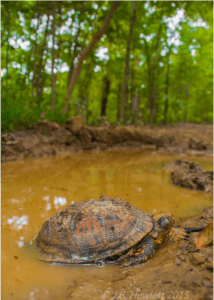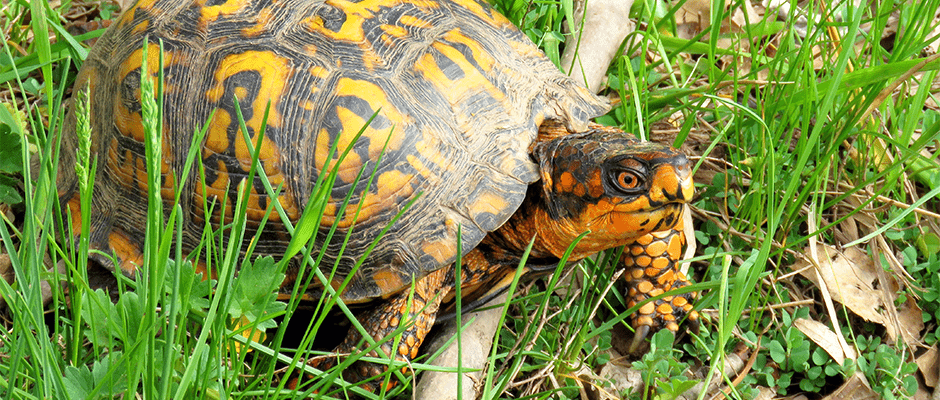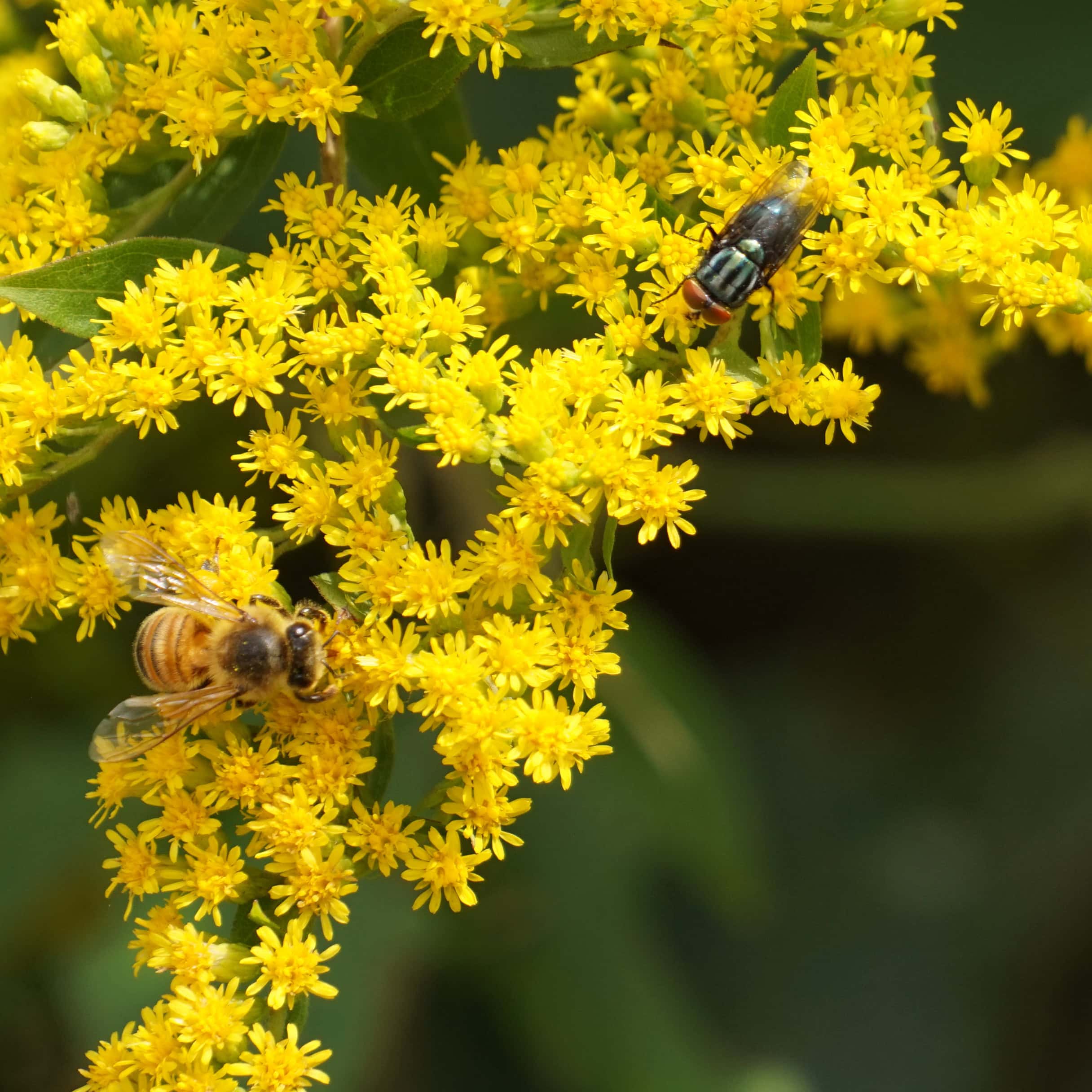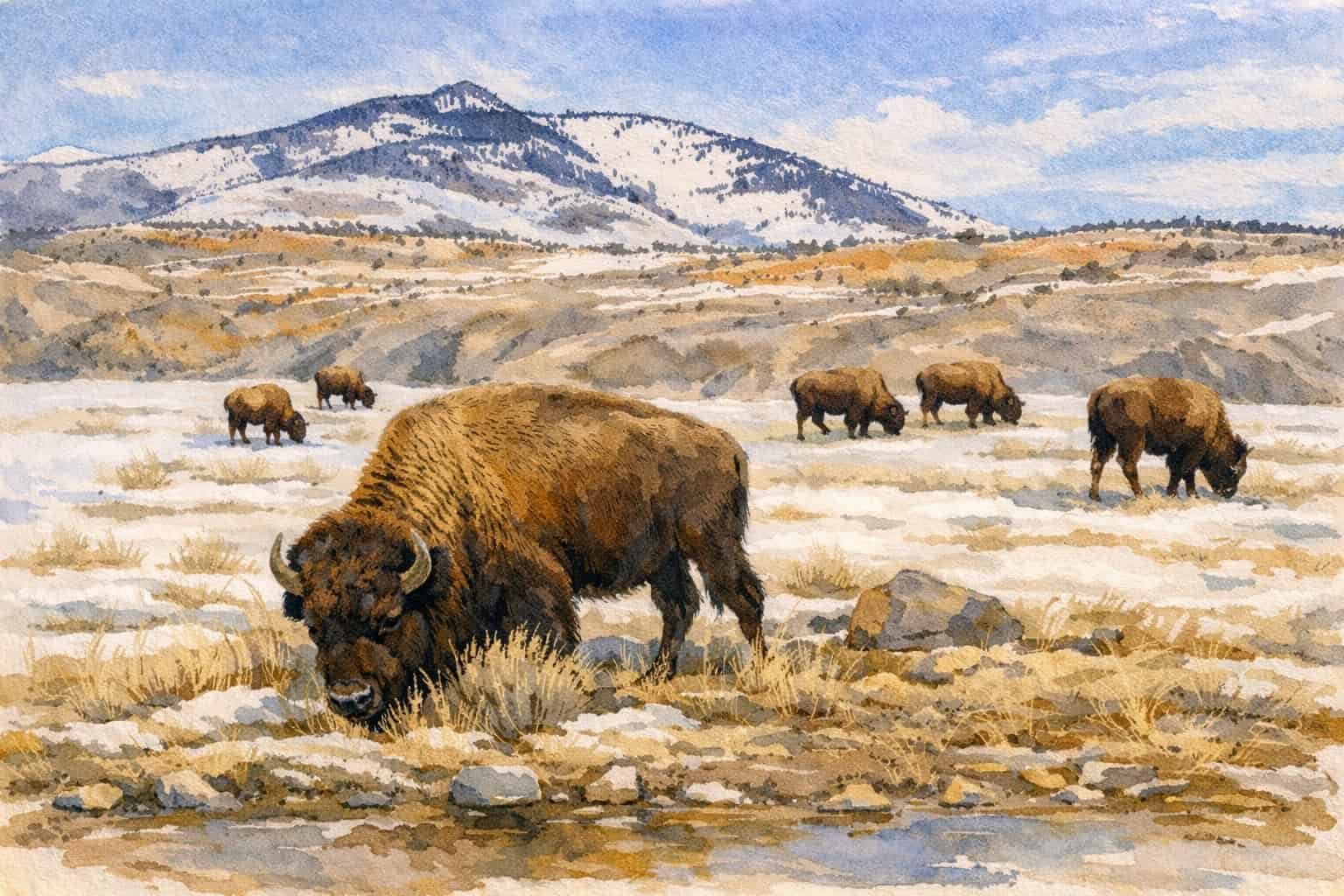Share this article
New Herp Disease Alert System relies on info from public
With disease at the forefront of amphibian and reptile population decline issues, a new Herpetofauna Disease Alert System has been created to expedite communication of disease events to relevant authorities in North America. All members of the public are invited to participate, the more reports that are received the better the system will function. The alert simply involves an emailed report of a disease event. The email is routed to a panel of experts, and they relay the report to state, federal, or provincial disease contacts.
The system was developed by the Disease Task Team of Partners in Amphibian and Reptile Conservation. The team is comprised of experts from the United States, Canada, and Mexico, and is focused on executing strategies to reduce disease impacts.

An eastern box turtle with ranaviral disease in Stewart County, Tennessee. Photo courtesy of John Hewlett.
In the Forest Service, Pacific Northwest Research Station research ecologist Dede Olson participates on the team and serves on the alert panel. “We are receiving one to two reports per month so far, as news is just getting out about the system. We are especially concerned with early detection of emerging diseases such as Ranavirus, snake fungal disease, and the amphibian chytrid fungi Bd and Bsal,” Olson says. “Bsal has been called the salamander chytrid fungus because it is causing fire salamander die-offs in Europe, but recent research has shown that it can infect frogs, too.
“It is not yet known to occur in North America; with heightened awareness we hope to forestall its spread,” Olson says. “It would help if the greater community of nature enthusiasts and recreationists would report their observations of disease events, as these can be cryptic and go unnoticed. We want reports of apparently sick, dying, or dead animals with disease signs.”
How to submit information
To submit an observation of a possible disease case in amphibians or reptiles, simply send an email to: herp_disease_alert@parcplace.org.
- Your name and e-mail address (for any follow-up questions)
- Date of observation
- What you saw
- Where it was
- What types of animals were involved: species (if you are sure of the identification) and life stage (eggs, larvae, subadults, adults)
- Is it ongoing (only dead or decayed animals, some sick-looking animals that are alive?)
- Any photos or other relevant information
The federal, state or provincial contacts for herpetofaunal diseases will be alerted, and they may contact you for additional information. Following the report, the managing agency will make a decision on whether or not a follow-up action is needed. Thank you in advance for your help to keep our herps healthy! For more information please visit our website.
This article was originally published by the U.S. Forest Service as a news release, which is available here.
Header Image: ©Brian Henderson








